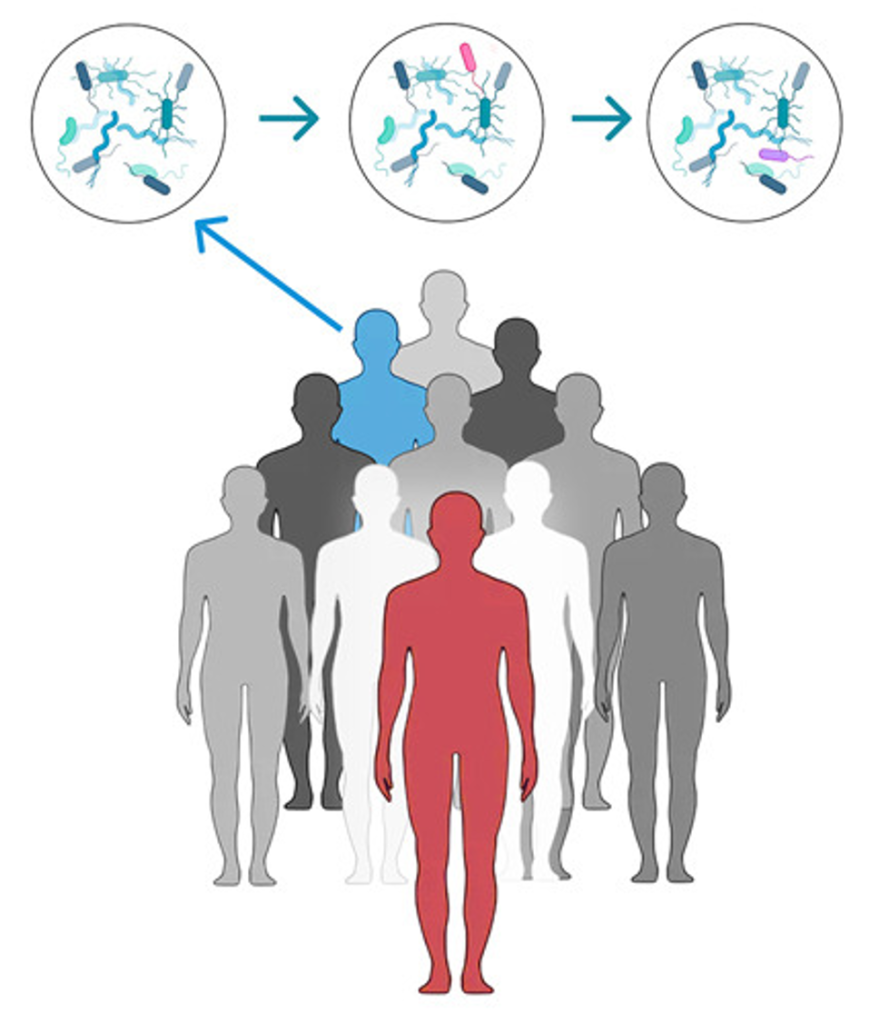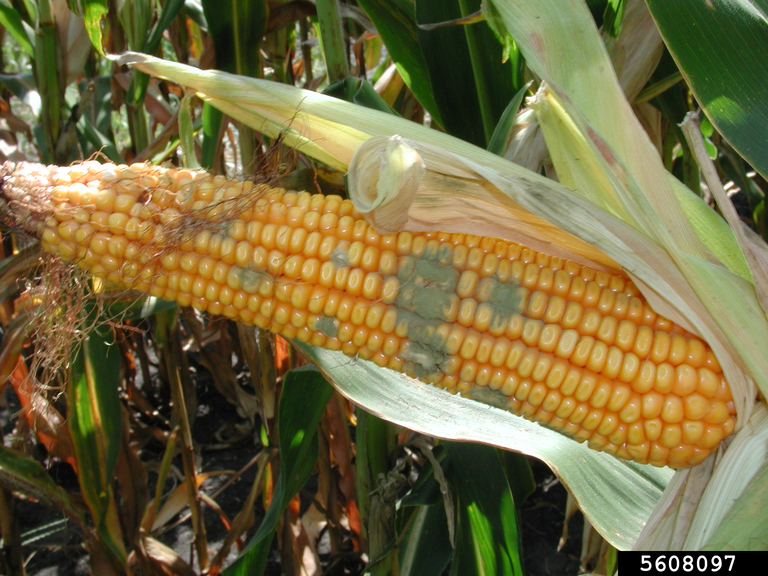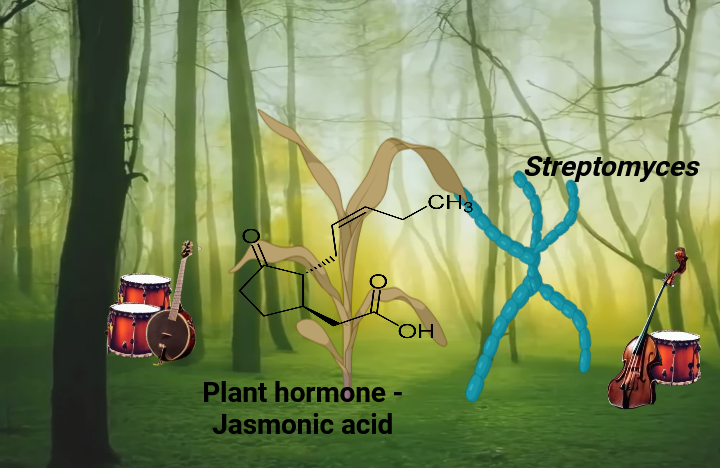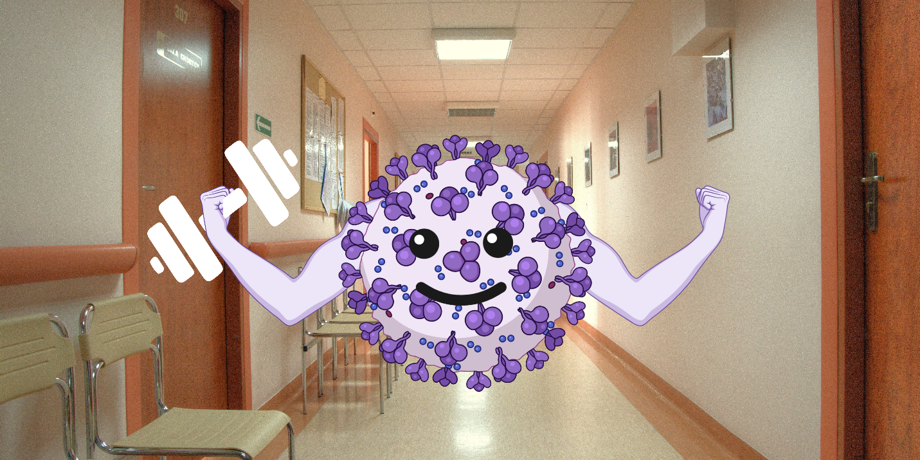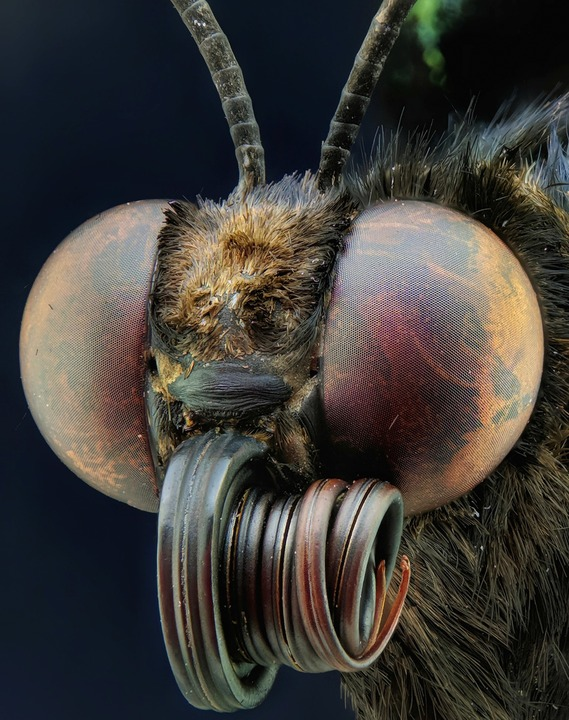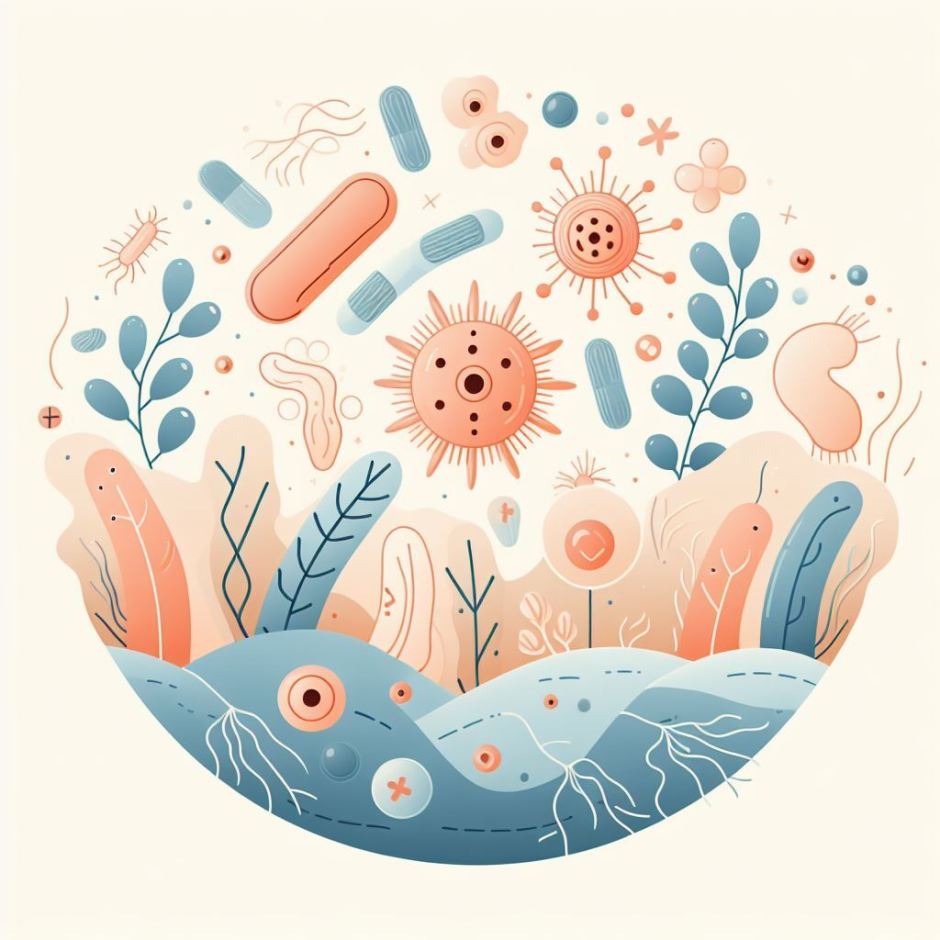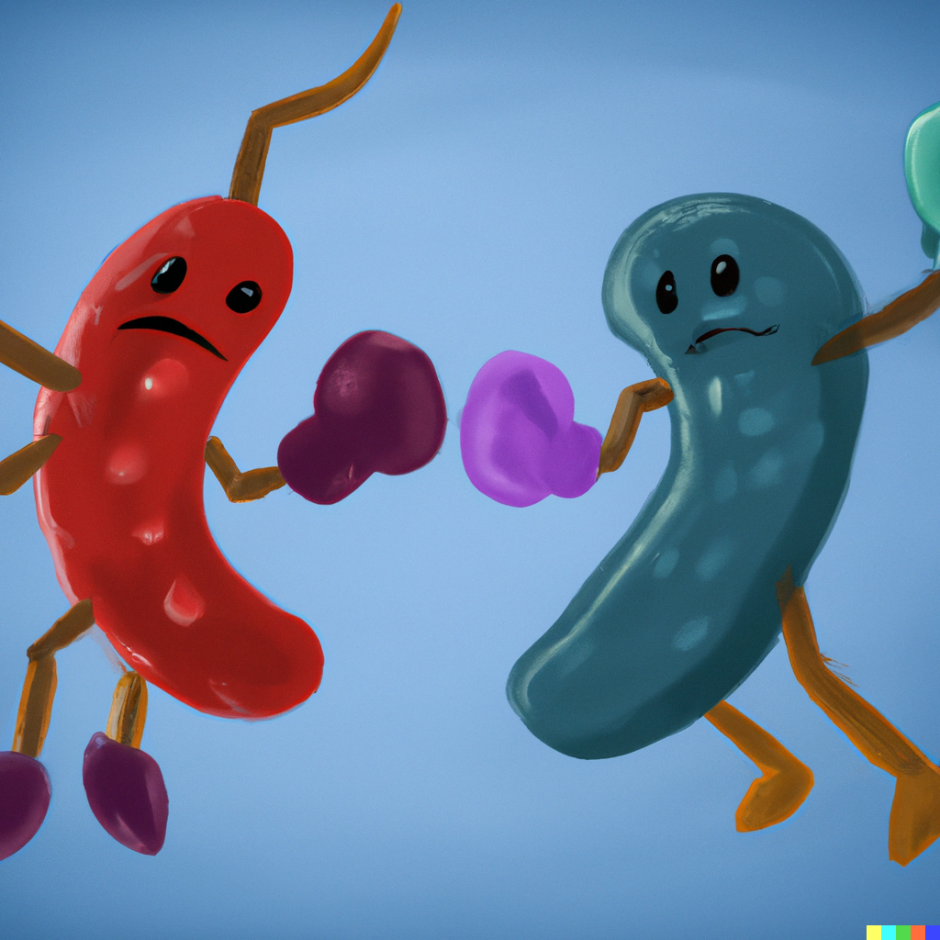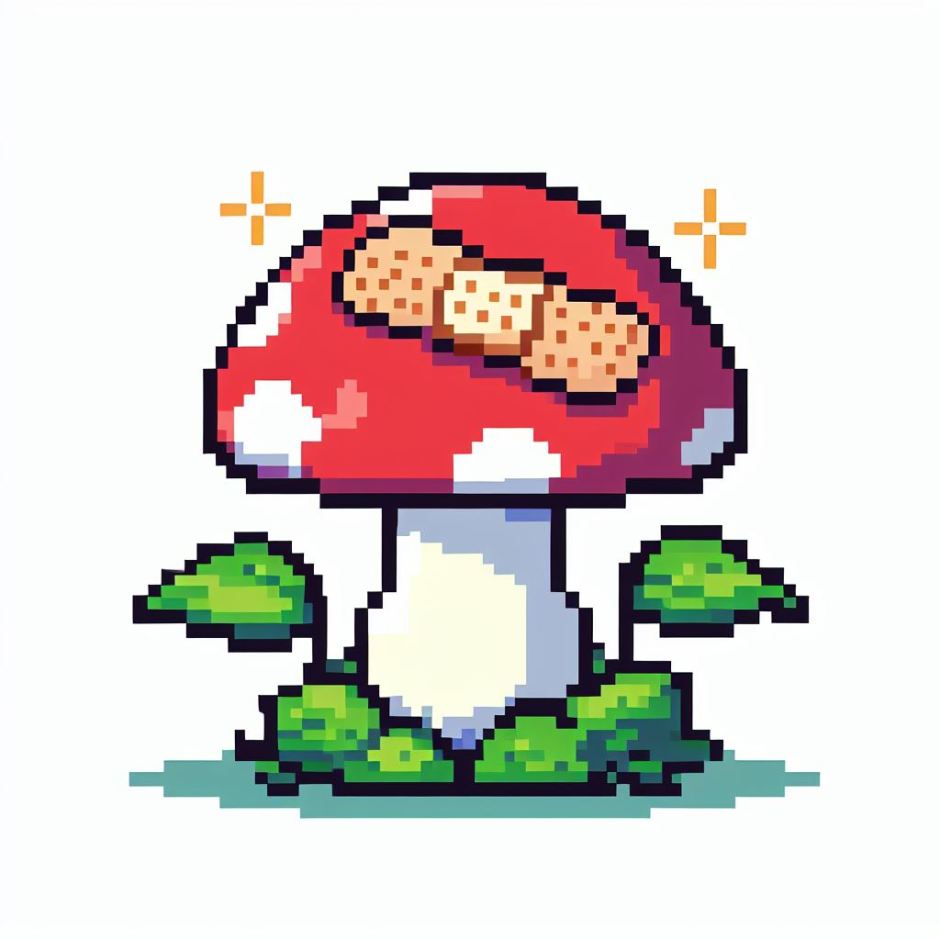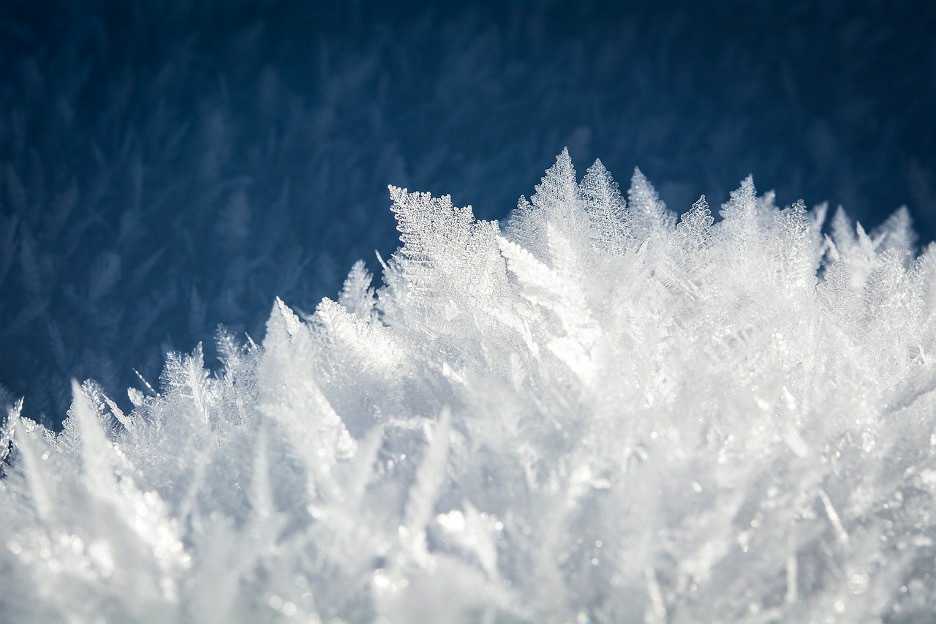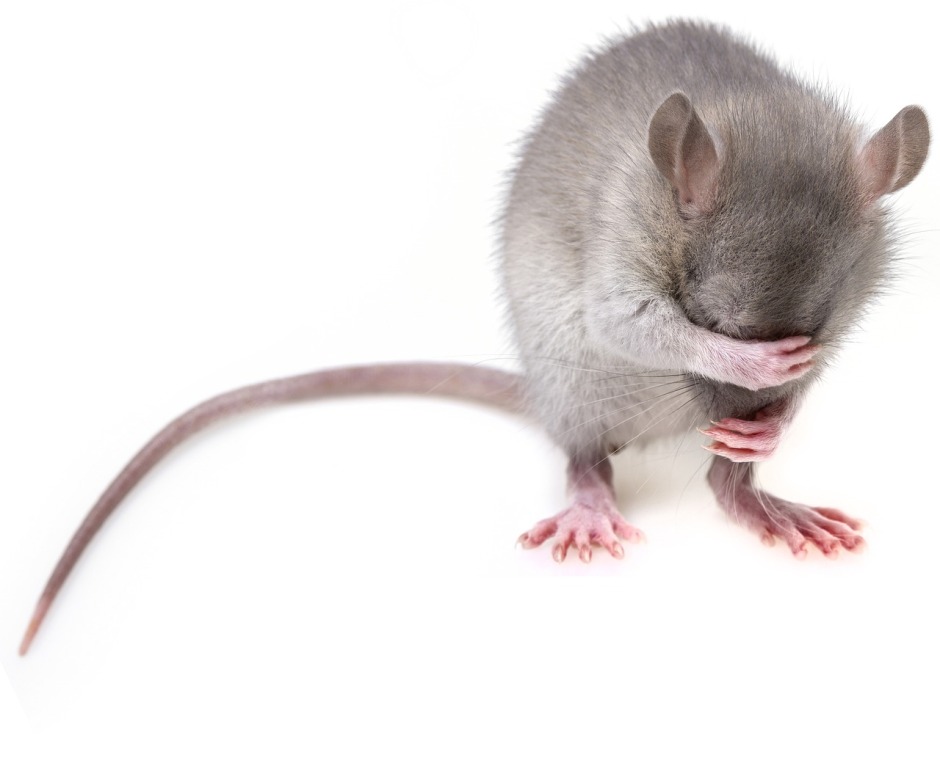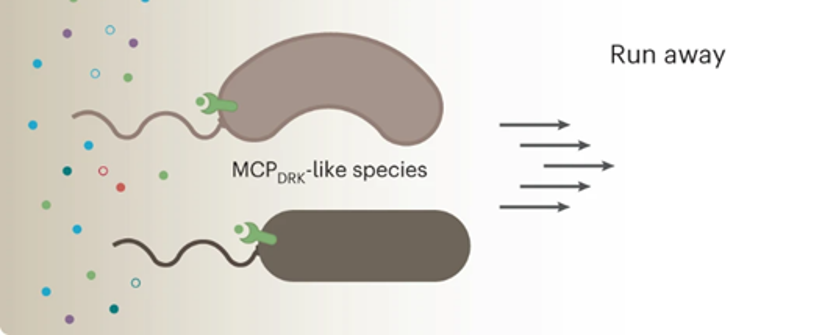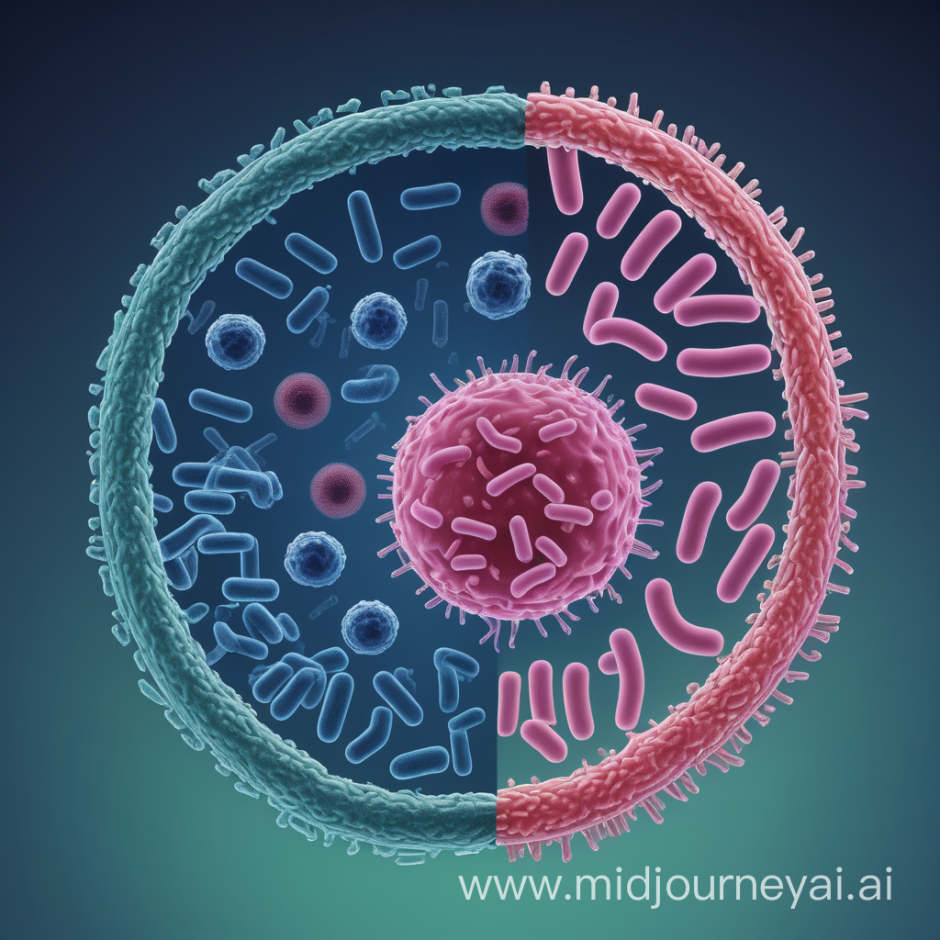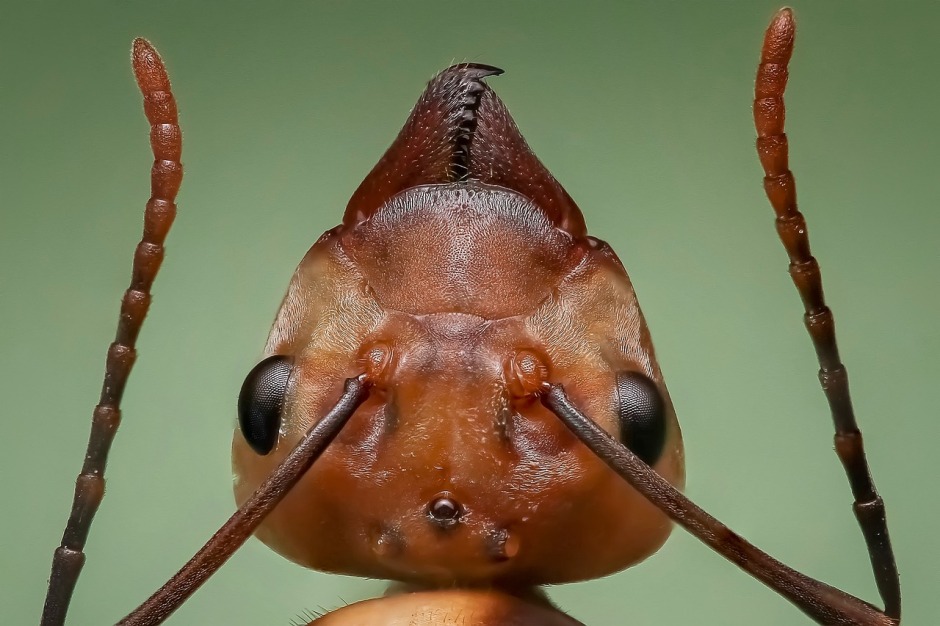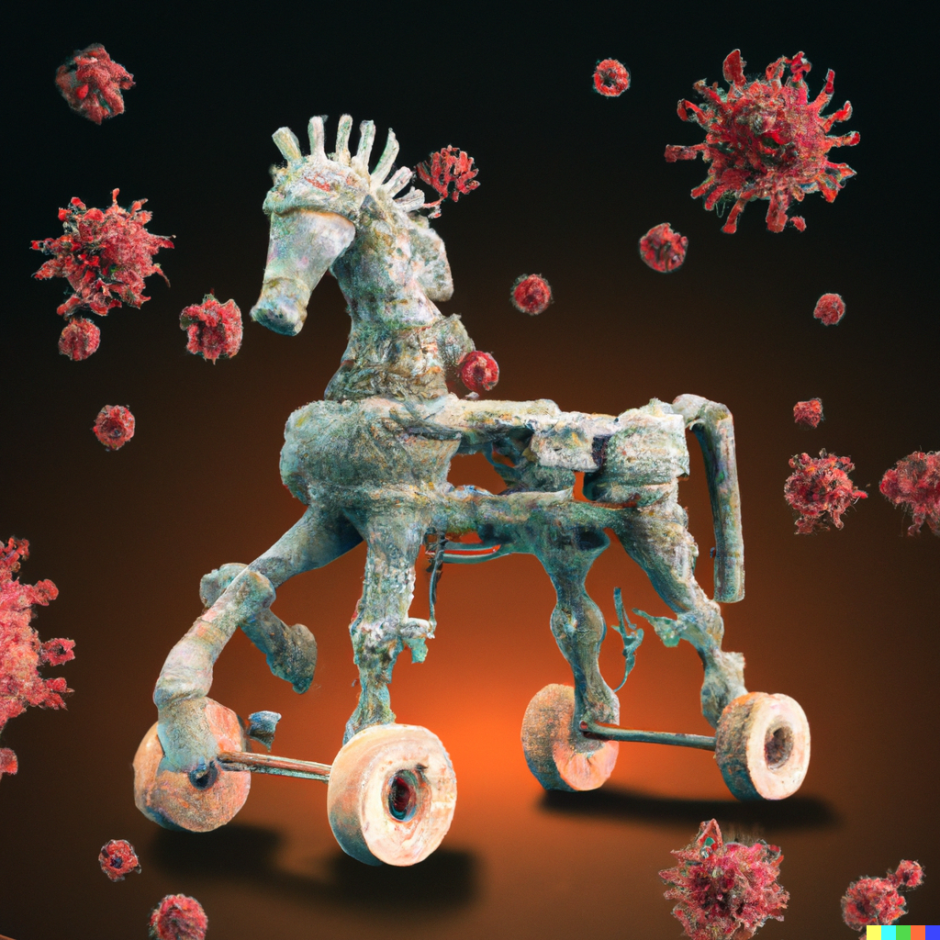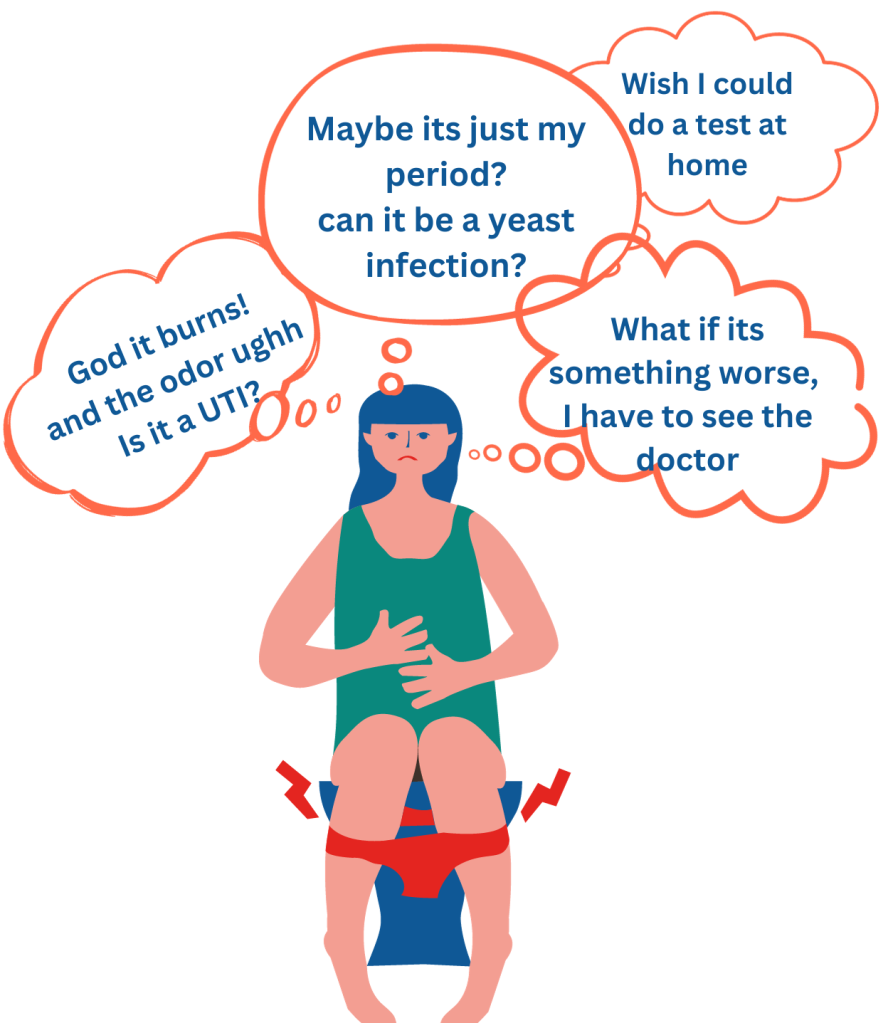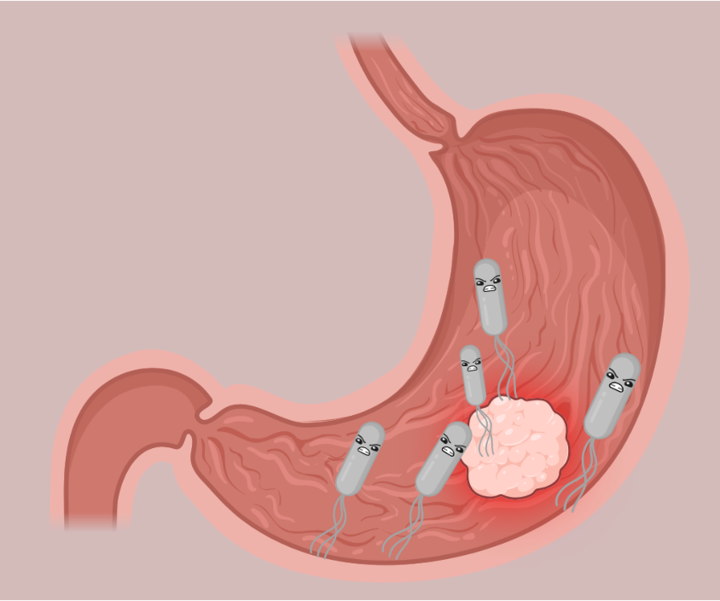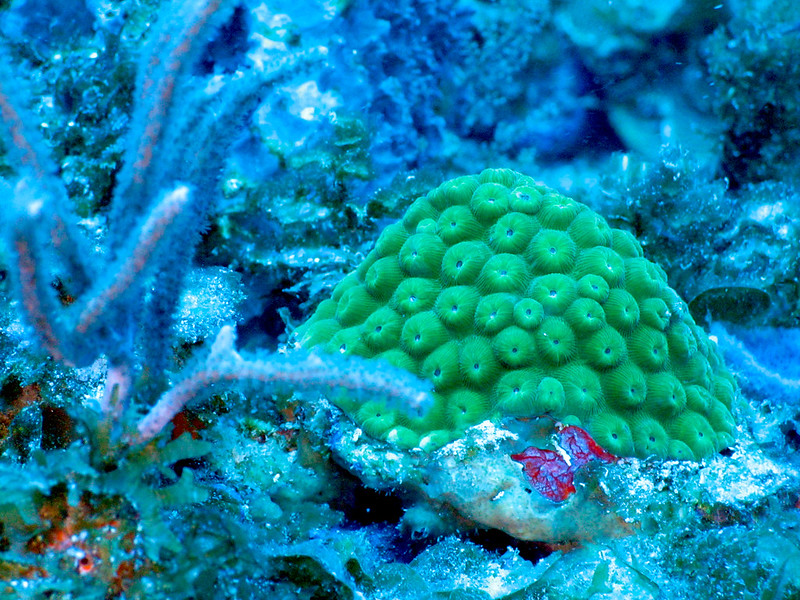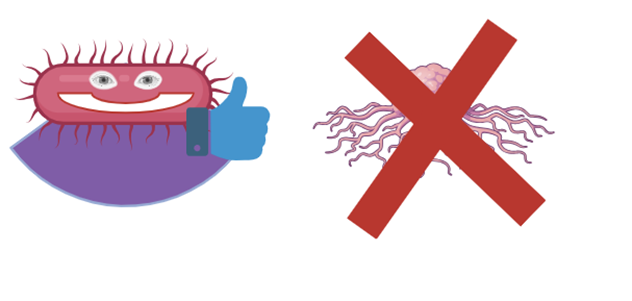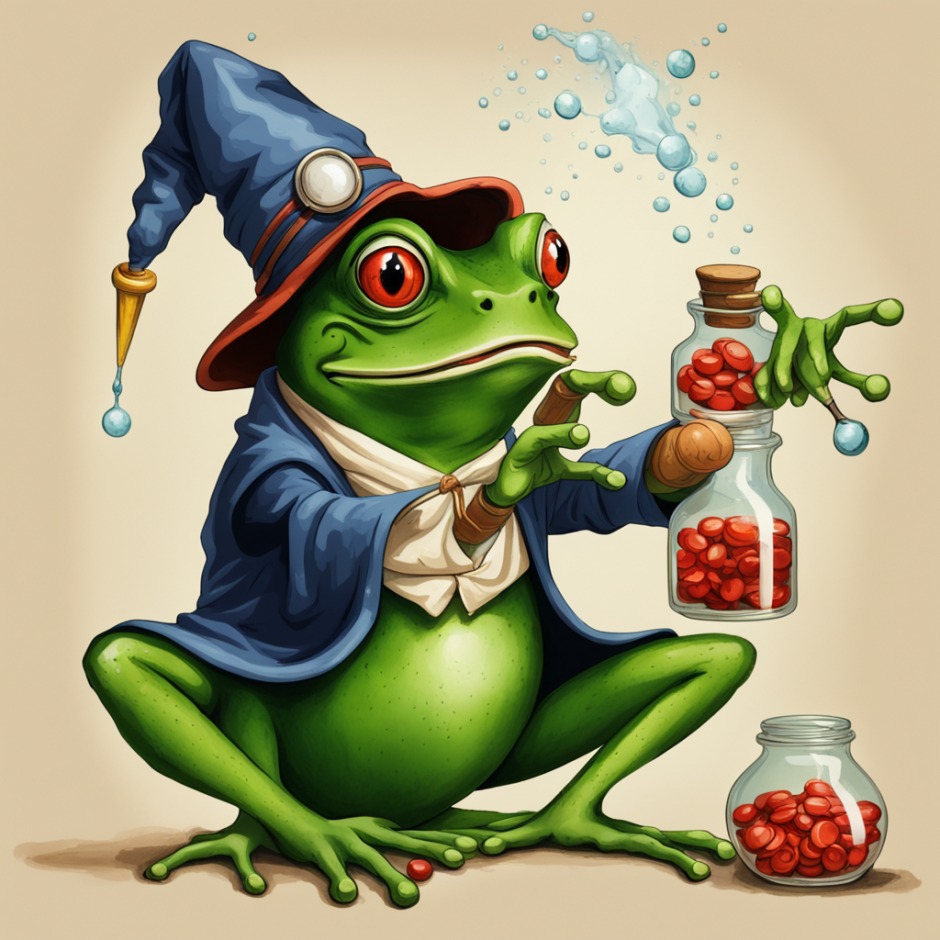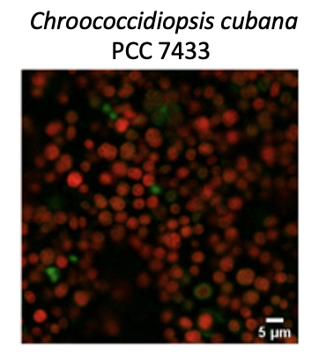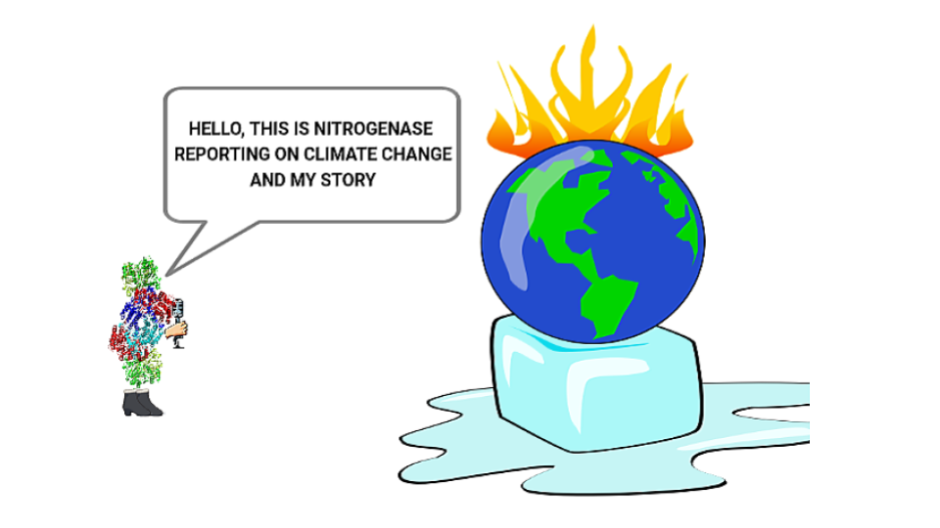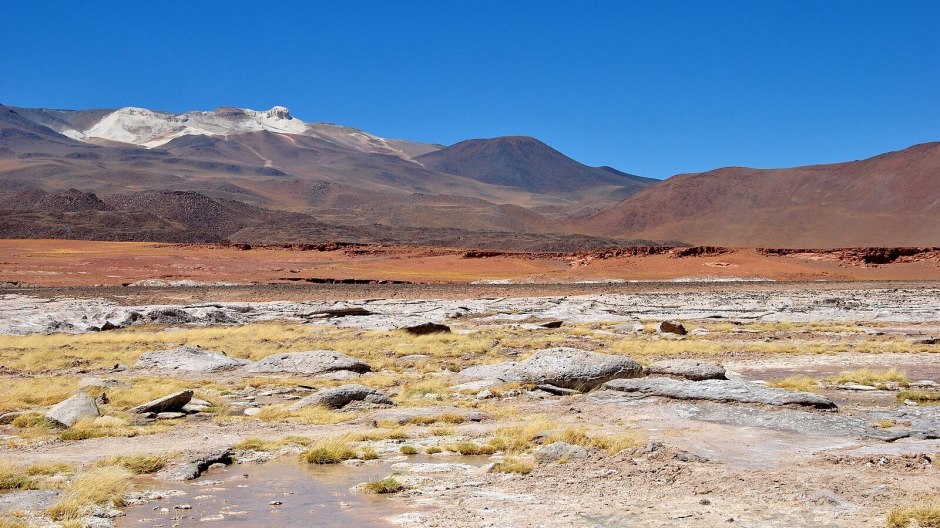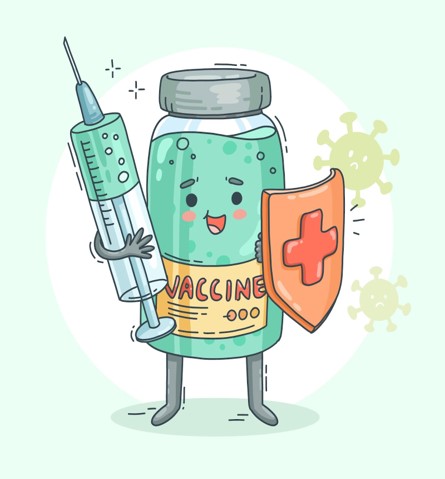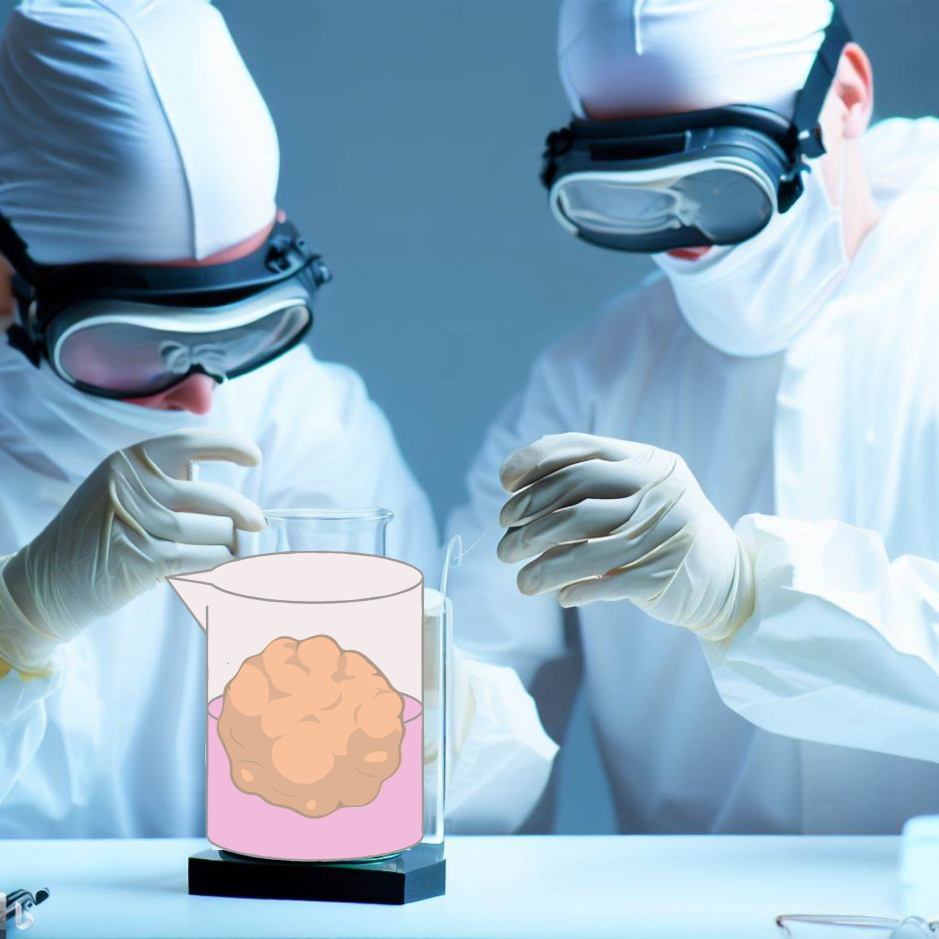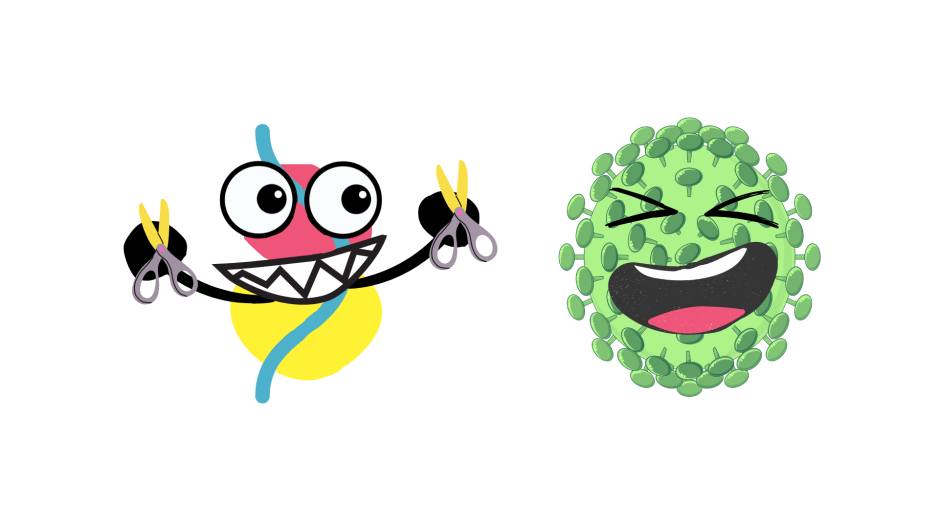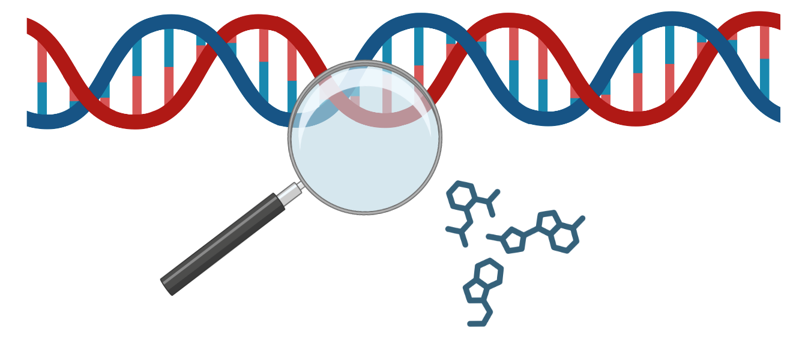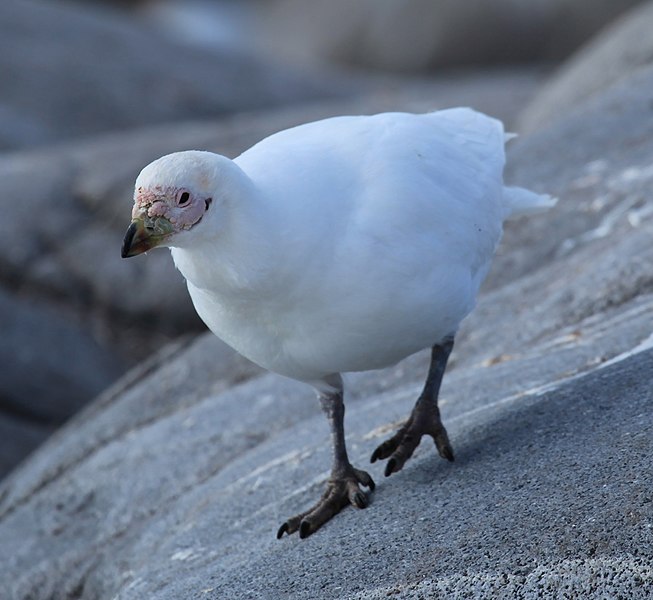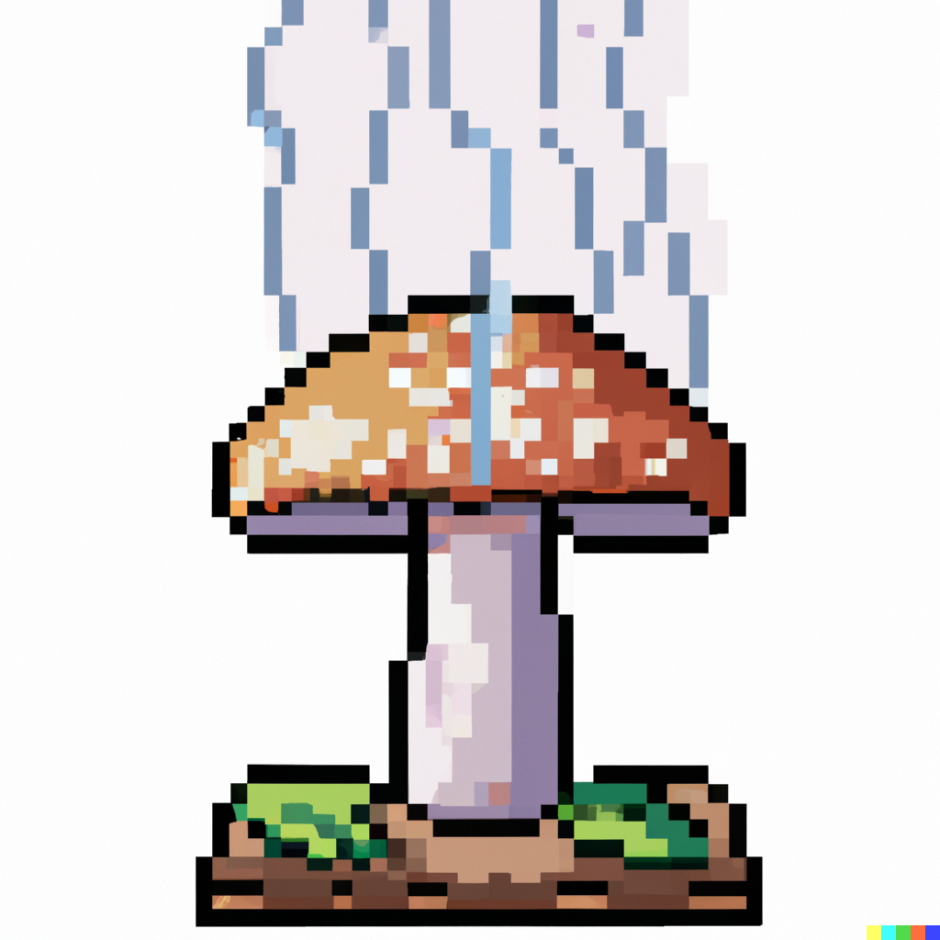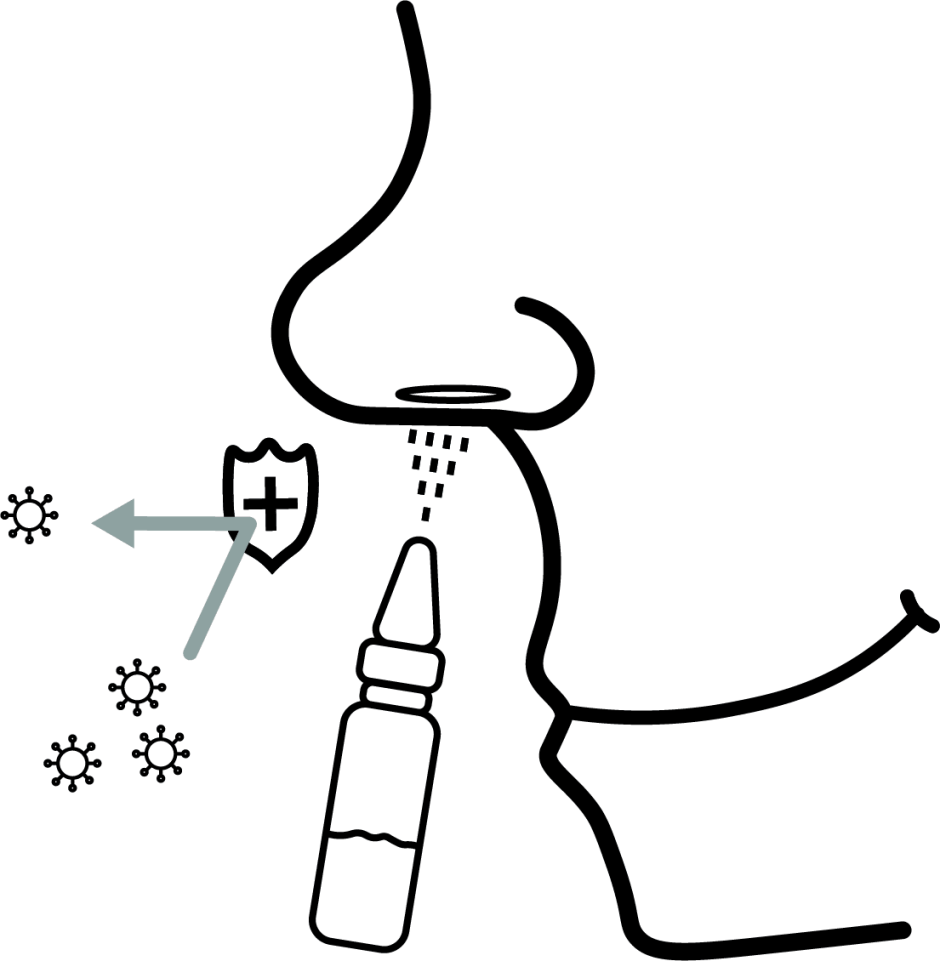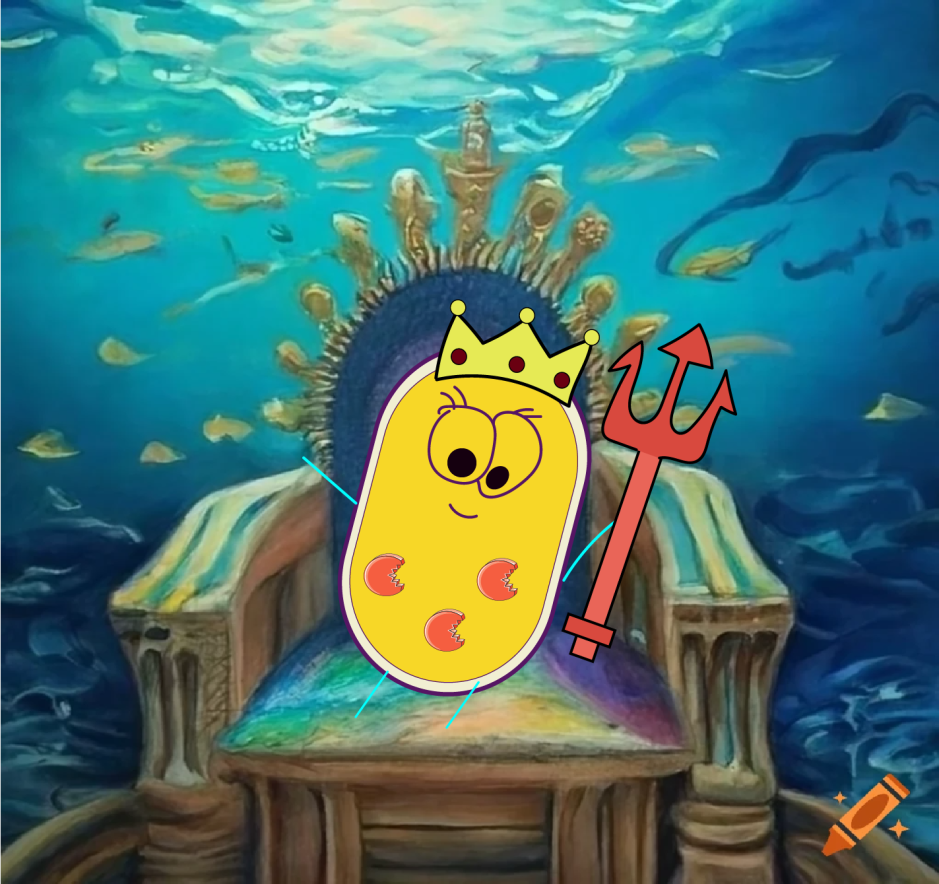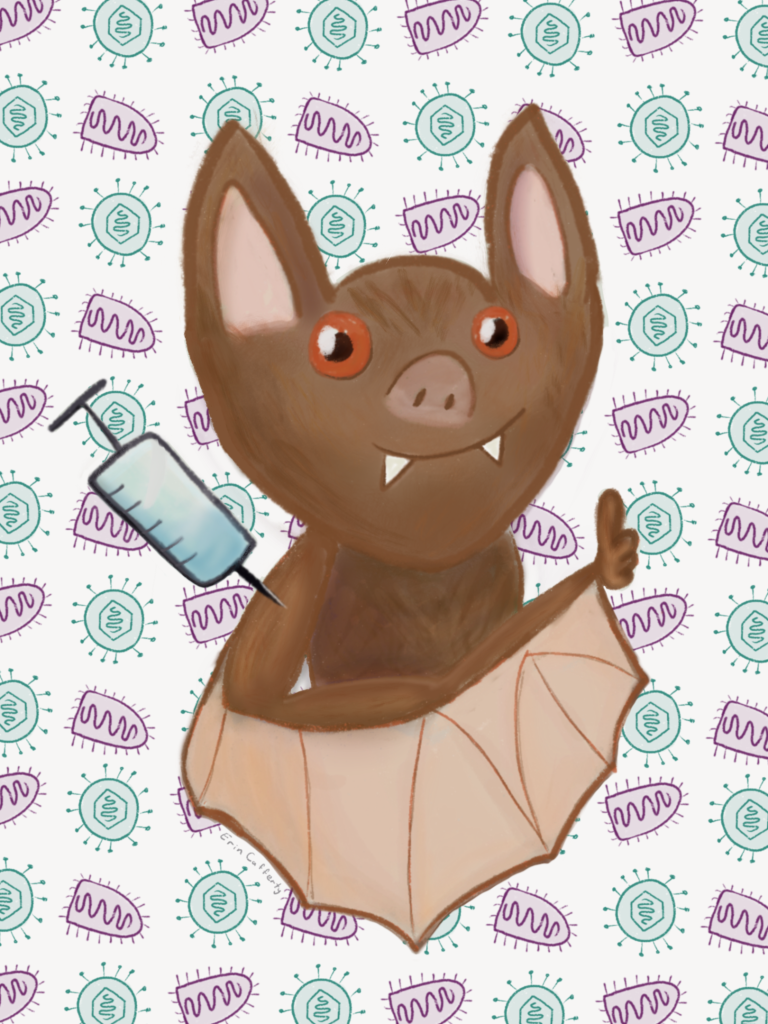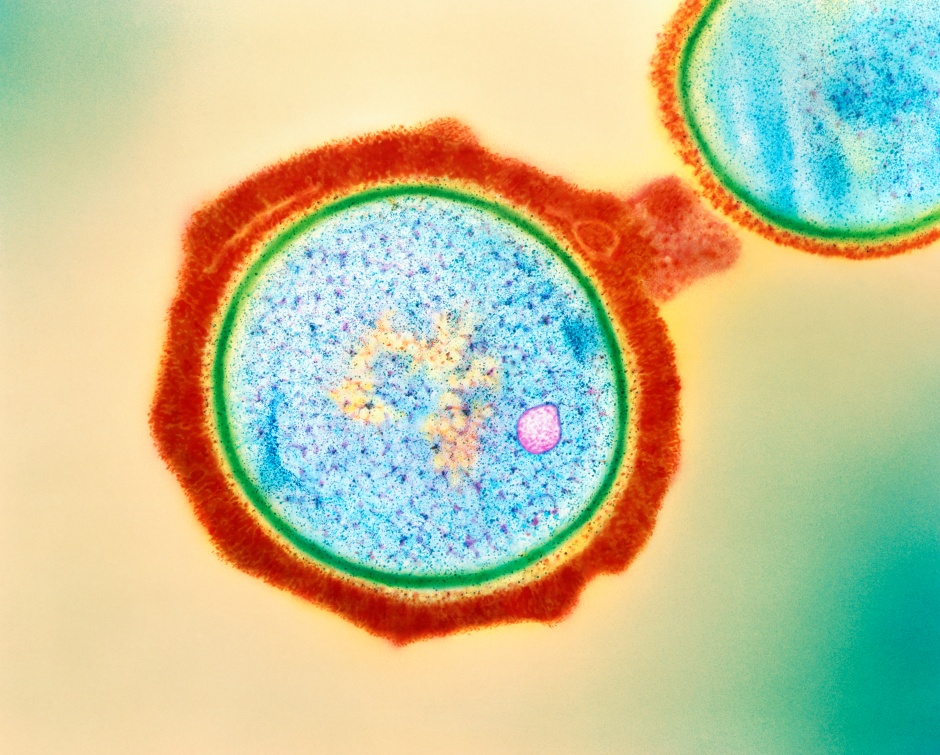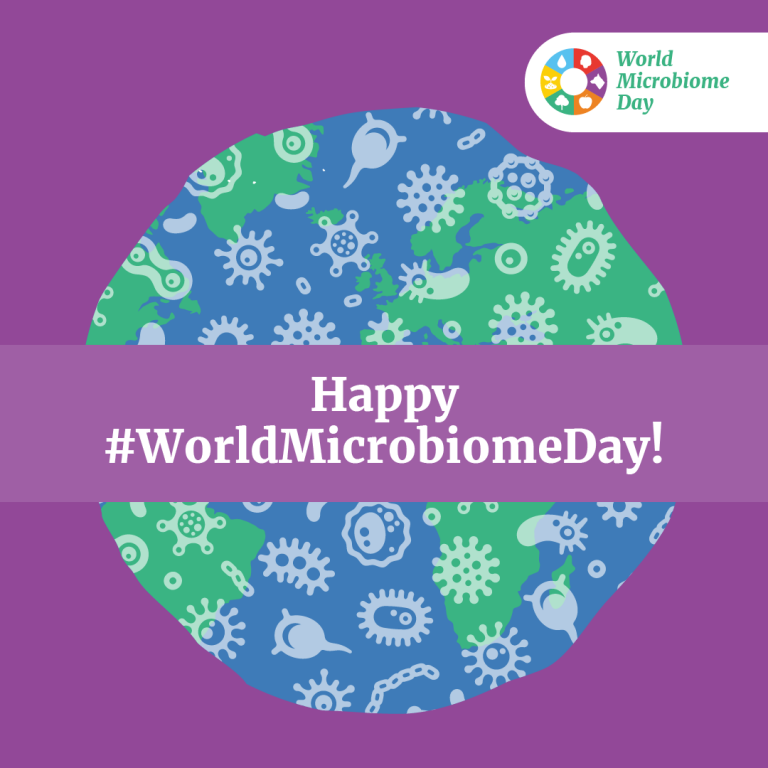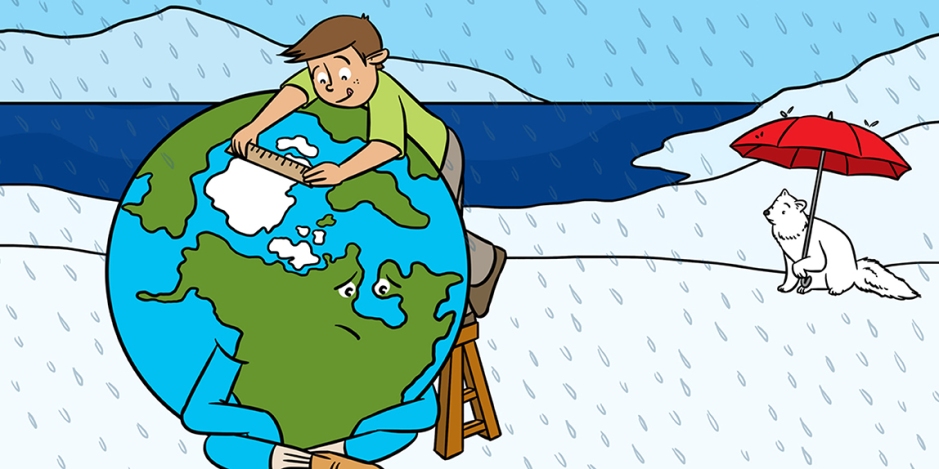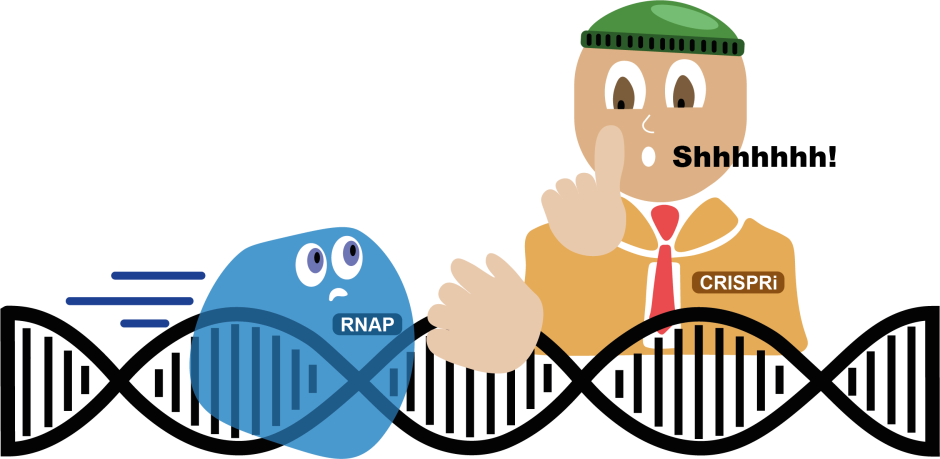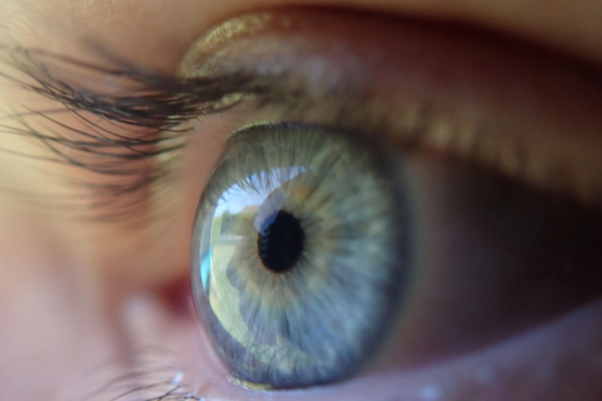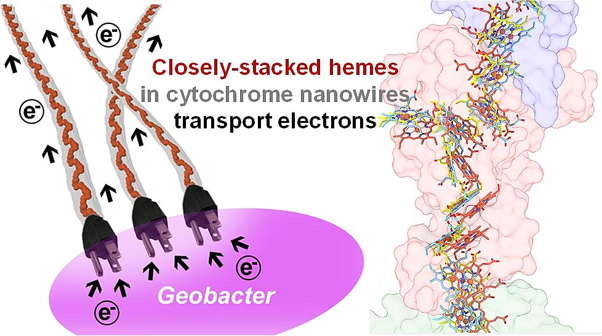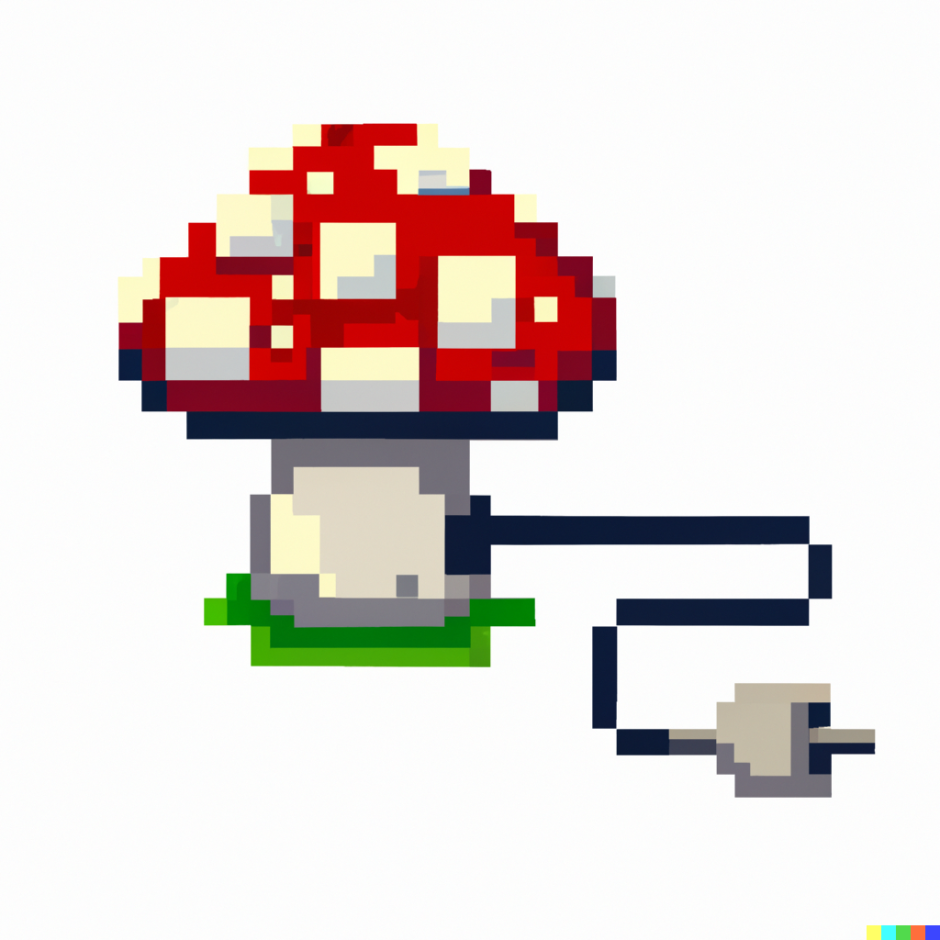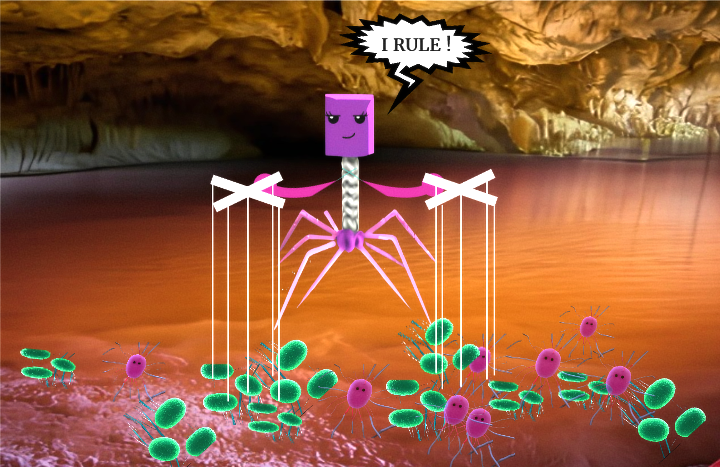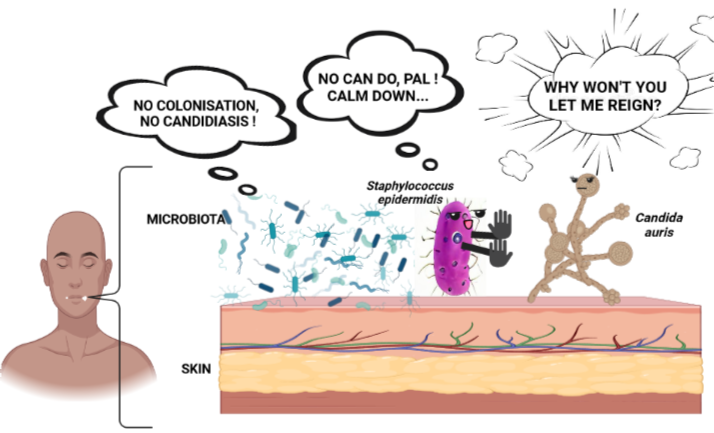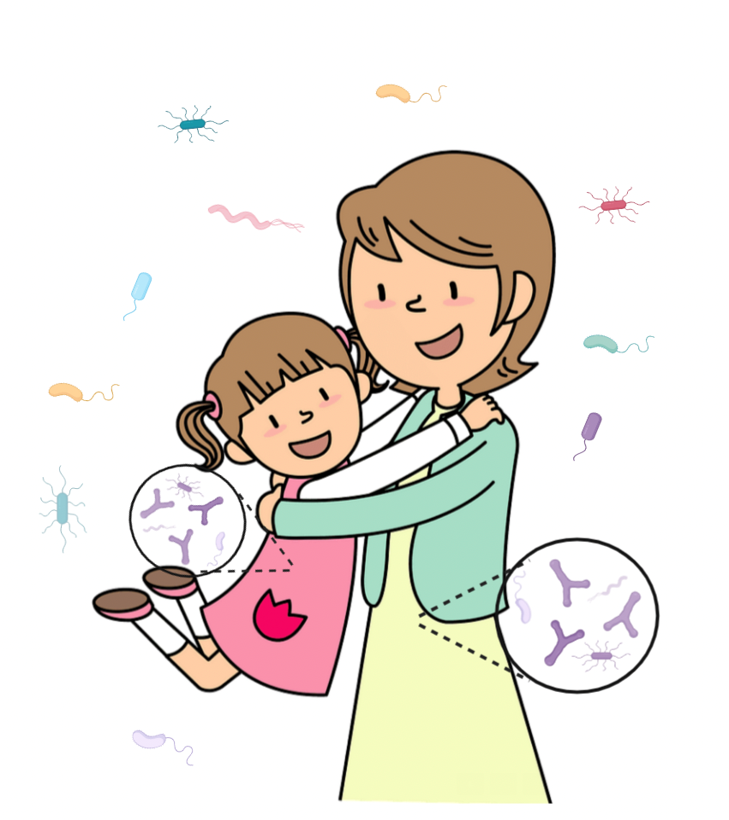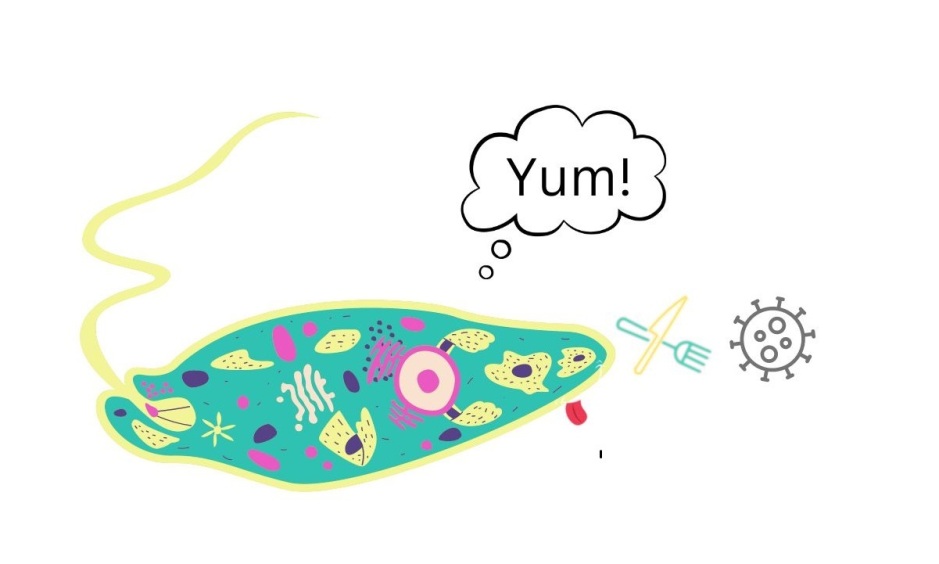
Breaking down the microbiology world one bite at a time
The “rare” residents of the eighth continent
Charles Moore was the first to discover the “eighth continent” on his way back from a boat race. He found a mass so wide it took him 7 days to cross it and this huge mass was made of plastic, floating in the sea. This awakened the scientific community and they named it “ The Great Pacific Garbage Patch”.
However, it was in 2010, that Dr. Linda Amaral Zettler named the community living on this continent the plastisphere. The plastisphere is an extremely diverse ecosystem with photosynthesizers, predators, prey, symbionts and parasites. The substratum of the plastisphere is made of microplastics (MPs) which is plastic debris less than 5mm in size; formed mainly due to the breakdown of larger plastics or as a byproduct of some industrial processes. As plastic persists for so long, microbes in the plastisphere can be transported over long distances, making them a potential source of invasive species.
COLONISATION OF THE PLASTISPHERE:
The colonization on the surface of these MPs is influenced by something called the “Zobel Effect”. It states that when plastics are submerged in water they attract carbon, nitrogen, oxygen and water which in turn attracts microbes leading to the formation of a biofilm.
There are three broad steps in the formation of a plastisphere:
- Microbial attachment
- Secretion of Extracellular Polymeric Substances (EPS): EPS are natural polymers secreted by microbes into their environment. They play a key role in establishment of biofilms.
- Microbial proliferation

Any plastic piece floating in the ocean “decides” on its pioneer species based on physical properties.The pioneer communities have an impact on the subsequent colonising species.
The pioneer bacteria occupy the plastic surface by reversible attachment, forming the first layer of the biofilm. This decreases the surface hydrophobicity (water-repelling property) of the MP surface. These pioneer bacteria also secrete EPS that increase the adhesion of the plastic surface, allowing further colonisation of secondary microorganisms..
The secondary microorganisms colonising the MP surface attach irreversibly to the surface by forming pili (hair like structures on the cell surface of prokaryotic cells, that help the cell to adhere to surfaces) and adhesion proteins. They also secrete EPS, which provide even more attachable sites on the plastic surface. Eventually, due to competition and collaboration of different microorganisms, a mature biofilm is formed.
The primary biofilm usually takes about one week or less to be observed, while the secondary biofilm takes several months to form.
While many research efforts are being made to understand the microbes of the plastisphere, their succession patterns and their ecological roles in more detail, scientists at the South China University of Technology have made some shocking discoveries about the bacteria occupying the MPs that could have serious implications for humans.
The researchers conducted the study using microcosms (artificial environments that emulate natural systems) to investigate the impact of four types of plastics (polyethylene, polylactic acid, polystyrene, and polyvinyl chloride) on riverine ecosystems. The plastics were aged for 90 days by ultraviolet radiation and then placed on the sieve of the microcosm to represent floating plastics in the river. River water from the site was continuously pumped into the microcosms to maintain a fresh supply of water, and the microcosm study was run for 90 days. The researchers used a time-series-based sampling strategy to explore the long-term dynamics of the communities of microorganisms inhabiting the plastisphere.
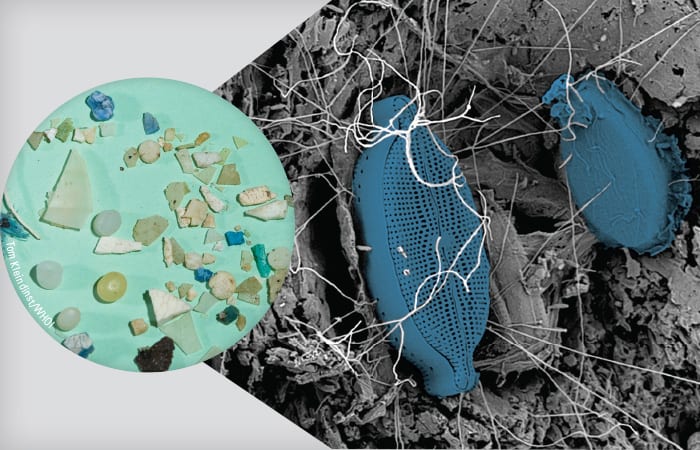
Image source: https://www.whoi.edu/oceanus/feature/behold-the-plastisphere/
In this research, the scientists found that the richness and diversity of rare taxa were dramatically higher than that of abundant taxa . Previously, rare microbial taxa were considered as low threat groups due to their low abundance in ecosystems. They were thought to have limited ecological significance because they were not commonly observed and were assumed to have minimal impact on ecosystem dynamics. However, in the plastisphere, the rare taxa played crucial roles in shaping complex and stable microbial interactions by occupying key roles in microbial networks. Rare ecosystems, known as “seed banks,” can serve as reservoirs for microorganisms that have the ability to respond to changes in their environment and become dominant in favorable conditions. These microorganisms, present in low abundance, can act as a source of diversity and resilience within ecosystems, as they may possess unique adaptations that enable them to thrive under specific conditions. When environmental shifts occur, these rare microorganisms may become more abundant and play a key role in driving ecological responses to the changing conditions, potentially influencing the overall structure and function of the ecosystem.
For humans this affects many sectors. A potential consequence is new disease outbreaks which can pose risks to human health and livestock, as well as disrupt agricultural practices and food production. Antibiotic resistance is also a concern. Some rare microbes may possess genes that confer antibiotic resistance, which can be passed on to other microorganisms through horizontal gene transfer. If these rare microbes become abundant, they could potentially spread antibiotic resistance genes to other microorganisms in the environment, including harmful pathogens. This can exacerbate the global problem of antibiotic resistance, making it more difficult to treat infections in humans and animals. Disruption of industrial processes is another concern. Some rare microbes are utilized in various industrial processes, such as wastewater treatment, fermentation for food and beverage production, and biofuel production. If these rare microbes become abundant, it may disrupt these industrial processes, leading to economic and operational challenges.
Overall, the newfound understanding of the ecological significance of rare microbes challenges previous assumptions and highlights the complex role they play in ecosystems. While they can contribute to ecosystem resilience in their rare state, their abundance can also have significant consequences , ranging from environmental disruption to antibiotic resistance. Further research and careful consideration of the potential impacts of rare microbes becoming abundant are needed for informed decision-making and sustainable management of ecosystems.
Link to the original post:
Deciphering the distinct successional patterns and potential roles of abundant and rare microbial taxa of urban riverine plastisphere. Minghan Zhu , Xin Qi , Yibo Yuan , Heyang Zhou , Xufa Rong , Zhi Dang , Hua Yin doi: https://doi.org/10.1016/j.jhazmat.2023.131080
Featured image: https://www.whoi.edu/oceanus/feature/behold-the-plastisphere/

